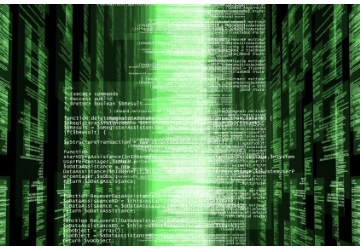|
Data Collection
Data collection is very necessary!
Data capture forms the very important first step for any improvement process to function.
1. Pre collection activity – Agree goals, target data, definitions, methods. 2. Collection – Monitoring and data collection to form a reference point. 3. Present Findings – usually involves some form of sorting analysis and/or presentation.
Data capture or collection is a term used to describe a process of preparing and collecting data, as part of the all important first part of a process improvement for many and any different projects. Without accurate data capture, any subsequent data analysis could have adverse effect on the process attempting to be improved upon.
Data capture and/or collection usually takes place early on in an improvement project or function, it's quite often formalized through a data collection plan, which often contains the activity(s) to follow defined at the very least in outline, from the start.
A formal data collection process is necessary as it ensures that data gathered is both defined and accurate and that subsequent decisions based on arguments based on the findings are valid.
The process provides both a reference baseline from which to measure the effects from and in certain cases, target on what to improve. Without which, improvements would be hard to distinguish, let alone confirm the whole process was worth while positive effort.
This all important first step defines where you're currently at. Then where you want to be or the direction you want to be taking. Also the processes and methods you will need to use to get there.
SO, is this first step all important then?
You BET it is!
I can't stress this point enough, knowing exactly where you are to start with, is the basis for all improvement processes. Going ahead with making changes is pointless without a frame of reference.
Any and all improvement processes need a start point data reference to enable the effects, if any the changes carried out actually make and to measure the hopeful improvement.
I say hopeful because with the best will in the world and all the right research sometimes things don't happen as expected. This, if it happens, would most likely be to forces outside of your control, but this is something you need to know.
All you can do is prepare the best you can so these occurrences would be rare and let you concentrate on the on the things you can improve that are within your range of effect.
Then the objectives needs to be decided, with your starting reference point logged, questions like
This will help shape your plan of action, influence which changes need to be made to achieve the desired targets.
Focus on your targets carefully, don't try to achieve too much at once. It is far better to make realistic targets and hit them. Testing for a small move in the right direction rather than trying for a big jump which may backfire is a much lesser and better risk.
When all is said and done an improvement is an improvement, I think you'll agree it's much safer to build small improvements one after the other. This is the whole idea of course for taking the effort and carrying out the whole data collection process in the first place.
Go from Data Collection back to Computer Hardware Terminology page.
Go onwards to Machine Data page.
Return from Data Collection to Home page.
|
